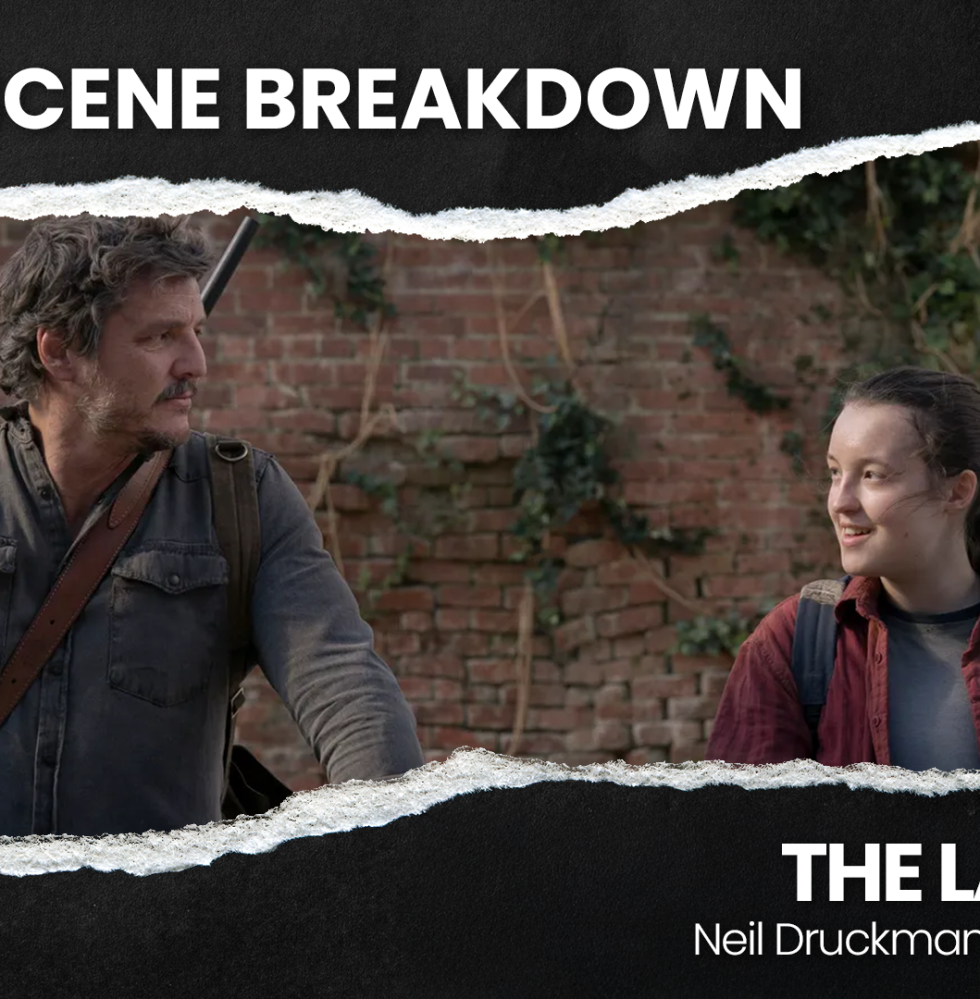
Toward the end of The Last of Us’s second season, cinematographer Ksenia Sereda “felt so much pressure” in adapting one of the Naughty Dog video game’s most beloved moments.
The scene in question is a tender flashback to Ellie’s (Bella Ramsey) 16th birthday, on which she’s surprised by Joel (Pedro Pascal) with a visit to the Wyoming Museum of Science and History. It’s a moment of joy and normalcy between the characters before their falling out and the abrupt tragedy of Joel’s murder.
Neil Druckmann, who co-created The Last of Us series and served as creative director and writer of the game, shares that he knew from the start that he wanted to bring this moment into the series. “My whole thing always was, I didn’t want to just be precious and copy the game,” he says, in conversation with Sereda on Deadline’s The Process. So while the game should be reviewed for inspiration, the team on the series should remain open, on the lookout for “happy accidents” that could bring new layers or dimensions to the story.
Strikingly shot, the scene begins with Ellie and Joel walking through a dark hallway lit illuminated by simulated starlight, before making their way to a moving recreation of the solar system, and the space capsule used for the Apollo 15 mission in 1971. There, he has her listen to a cassette recording he tracked down of the rocket launch and imagine herself blasting off into space.
Sereda’s immersive lighting for interior sets built to move over hydraulic systems was vital in bringing out the magic of the moment. “It’s really this beautiful thing,” she says, “of being on the edge of almost magical realism for the whole thing.”
This week on The Process, Druckmann and Sereda offer a deep dive into the planning of the scene, in the process getting into how the rendering of a scene in live-action filmmaking stands apart from Druckmann’s work in video games.
“When you’re doing live-action, you do all this prep beforehand, just so you have this moment in time, this day where you say ‘action’ and then you say ‘cut.’ And once you have it on screen, it’s pretty much it,” he notes. “With VFX, you can manipulate certain things…. But otherwise, what you see on the final episode is what you shot.”
The idea, Druckmann says, is do “a ton of planning” to achieve a certain level of comfort and confidence in the vision, and then “forget the plan” on the day of, opening oneself up to new opportunities.
Whereas “in a video game, you figure out a lot of this stuff after you shoot it because you’re shooting actors in those funny suits with all the balls and getting their performance…And then you can move it around, put it wherever you want, change the lighting after the fact, change their costume. You could even take their performance and put on another character if you wanted to. That’s how much flexibility you have.”
In Season 2, Episode 6, “The Price,” the museum visit is one of several Ellie birthdays depicted. Each is its own “mini-story,” Druckmann notes. “And when you put them together, it’s this beautiful bottle episode between these two characters that we both care about very much.”
Check out our entire conversation with Druckmann and Sereda about their work on The Last of Us above.


